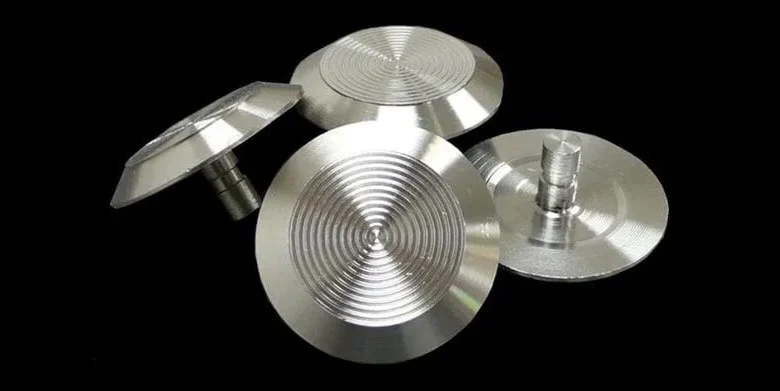
In the fast-paced world of today, safety and accessibility in urban planning have emerged as top concerns. When it comes to directing visually impaired individuals through public areas, tactile indicators—typically elevated patterns on sidewalks and walkways—are crucial. However, these indicators are changing beyond their primary purpose due to advancements in material science and technology. The design of tactile surfaces is being revolutionized by smart materials, which increase their effectiveness, durability, and responsiveness. Not only is accessibility increased, but cities all around the globe now have additional solutions for safe pedestrian movement.
Knowing How To Interpret Tactile Indicators
The original purpose of tactile indicators was to use touch to convey non-visual indications. Placed on walkways, raised dots or bars warn pedestrians of possible dangers such as stairs, traffic crossings, and direction changes. Millions of lives have been changed by the traditional designs, yet they are not without drawbacks. Over time, their efficacy may be diminished by weather-related wear and tear, high foot traffic, or inadequate installation. This is where advancements in smart materials come into play, providing robustness and clever features to extend the dependability of these surfaces.
The Development Of Intelligent Materials
Smart materials are designed to react to external stimuli, such as electrical impulses, light, temperature, or pressure. They are especially helpful for infrastructure projects where safety and long-term resilience are crucial because of their capacity for adaptation and reaction. Materials, including shape-memory alloys, photochromic coatings, and piezoelectric composites, are being investigated for tactile indications in order to develop surfaces that can assist people and interact with linked city systems.
When exposed to sunshine, photochromic materials, for instance, may change color, increasing the visibility of tactile routes for those who are partially blind. Pathway LED lights may be powered by foot traffic using piezoelectric materials, which produce electricity while under pressure. These developments are transforming tactile indications from static instruments into dynamic systems that help make navigation safer and more intelligent.
Benefits Of Durability And Maintenance
Maintenance is one of the key issues with conventional tactile surfaces. Concrete and traditional plastics may deteriorate with time, particularly in locations subjected to severe weather conditions or frequent foot traffic. Tactile indicators can now withstand UV damage and self-heal minor fractures thanks to smart polymers and sophisticated composites, greatly increasing their lifetime. When looking for solutions for safe pedestrian movement in congested metropolitan areas, these enhancements guarantee tactile paths stay dependable and lower repair costs.
Nanotechnology-inspired self-cleaning coatings are also being used on tactile surfaces. Regardless of the surroundings, these coatings guarantee that the tactile bumps and ridges stay noticeable and effective by repelling dust, grime, and even wetness. For those who rely on tactile input on a daily basis, this guarantees constant direction.
Improving Safety By Integrating Sensors
Multisensory navigation systems are also made possible by the use of smart materials. Imagine tactile paths that, as a walker approaches a dangerous area, not only present elevated signs but also subtly vibrate or signal. In order to avoid hazardous ice accumulation, several prototypes use temperature-sensitive materials that warm up a little in the winter. Others give visual assurance of safe crossings using integrated LEDs that are powered by energy-harvesting materials.
Cities may provide layered solutions for safe pedestrian movement that meet a variety of demands by integrating tactile, visual, and sometimes even audio clues. Children, the elderly, people who are unfamiliar with a place, and those who are visually impaired may all navigate more safely thanks to this inclusive approach.
Connected Infrastructure And Smart Cities
The development of tactile indicators has also been impacted by the emergence of smart cities. These days, tactile pathways may be linked to more extensive digital networks thanks to integrated sensors and responsive materials. Real-time information regarding pedestrian traffic, use trends, and even surface wear and tear is gathered by these devices. This information may be used by city planners and maintenance teams to plan repairs on time, maximise pedestrian flow, and improve urban mobility in general.
Conclusion
Underfoot, tactile markers are becoming more than merely elevated patterns thanks to smart materials. They are transforming them into sustainable, robust, and intelligent systems that blend in well with contemporary urban settings. These developments are opening the door to safer and more inclusive cities by fusing resilience, adaptation, and connection, eventually providing long-term solutions for safe pedestrian movement that are advantageous to everyone.


